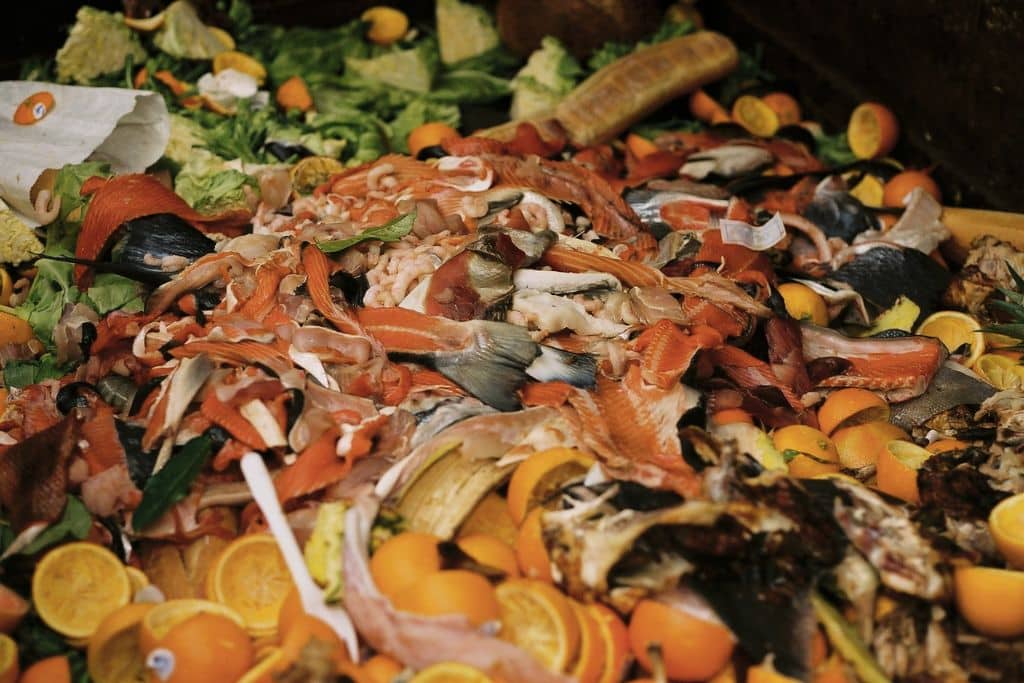In a world of interconnected financial markets, policymakers and regulators face the complex task of identifying and addressing risks before they escalate into crises. The 2008-09 global crisis and recent episodes of market dysfunction highlight the need for early warning tools to detect vulnerabilities in real time. However, predicting financial market stress remains challenging, as traditional econometric models often fail to capture the complex, nonlinear dynamics and interconnectedness of modern financial systems.
Recent advances in artificial intelligence (AI) provide new tools to address these challenges. AI methods excel at analysing high-dimensional datasets and uncovering hidden patterns. While they are widely applied in asset pricing (Kelly et al. 2024), they are increasingly used for financial stability monitoring (Fouliard et al. 2021, du Plessis and Fritsche 2025). However, the ‘black box’ nature of AI models has limited their ability to generate actionable policy insights.
This article highlights recent research (Aldasoro et al. 2025, Aquilina et al. 2025) that advances the deployment of AI tools to anticipate financial market stress. These studies demonstrate the potential of AI to forecast market stress and dysfunction, offering both methodological innovations and actionable insights for policymakers by addressing the black-box issue.
The challenge of anticipating financial market stress
Financial market stress can take many forms, including liquidity shortages, price dislocations, and breakdowns in arbitrage relationships. Events such as the 1998 LTCM crisis, the 2008-09 global crisis, and the 2020 ‘dash for cash’ highlight the systemic risks posed by market dysfunction. These disruptions often begin in specific market segments, such as foreign exchange or money markets, but can quickly spread throughout the financial system, threatening its stability. Increasingly, stress has also shifted from traditional banks to non-bank financial intermediaries, reflecting the evolving nature of financial intermediation.
Traditional early warning systems, which were primarily designed to predict full-blown crises, have had mixed success. These models often suffer from high false positive rates and struggle to account for the nonlinear interactions and feedback loops that amplify shocks during periods of stress.
Machine learning (ML) offers a promising alternative, particularly for generating early warning signals. Unlike traditional models, ML algorithms can process vast datasets, identify complex relationships, and adapt to changing market conditions. The studies discussed here demonstrate the potential of these tools to anticipate market stress and provide policymakers with timely warnings.
Using machine learning to model the tail behaviour of financial market conditions
Aldasoro et al. (2025) present a novel framework for predicting financial market stress using machine learning. The study begins by constructing market condition indicators (MCIs) for three key US markets critical to financial stability: Treasury, foreign exchange, and money markets. These indicators (illustrated in Figure 1) capture dislocations in liquidity, volatility, and arbitrage conditions.
Figure 1 Market condition indices for US Treasury, foreign exchange, and money markets
Notes: This figure shows the five-day moving average of market condition indices for the US Treasury, money, and foreign exchange (FX) markets (upper, middle, and lower panels respectively). The sample period is from 01/01/2003 to 31/05/2024.
The paper employs random forest models, a popular tree-based machine learning algorithm, to forecast the full distribution of future market conditions. This approach uses multiple decision trees and averages their predictions, reducing the risk of overfitting. The results are noteworthy: random forest models outperform traditional time-series approaches, particularly in predicting tail risks over longer time horizons (up to 12 months). This is especially evident in forecasting foreign exchange market conditions (Figure 2).
Figure 2 Forecast accuracy of random forest and autoregressive models
Notes: This figure compares quantile losses between the random forest and autoregressive models based on out-of-sample predictions across forecast horizons. Negative values indicate better performance of the random forest model.
To address the black-box issue, the study uses Shapley value analysis to explain the main factors driving market stress predictions. The analysis reveals that macroeconomic expectations and uncertainty, particularly around monetary policy, are significant contributors to market vulnerability. Liquidity conditions and the state of the global financial cycle also play critical roles. This approach not only improves predictive accuracy but also provides actionable insights for policymakers, enabling them to respond proactively to the build-up of vulnerabilities.
Combining machine learning with large language models
Aquilina et al. (2025) take a different approach by integrating numerical data with textual information using large language models (LLMs). The study focuses on deviations from triangular arbitrage parity (TAP) in the euro-yen currency pair, a key indicator of dysfunction in the foreign exchange market. By combining recurrent neural networks (RNNs) with LLMs, the authors develop a two-stage framework to forecast market stress and identify its underlying drivers.
The recurrent neural network detects periods of heightened triangular arbitrage parity deviations up to 60 working days in advance, effectively predicting market dysfunctions that may occur within a one-month window. Out-of-sample testing on 3.5 years of data demonstrates the model’s practical value. For example, the model identified elevated risks before the March 2023 banking turmoil, despite being trained only on data up to the end of 2020 (Figure 3). However, it did not predict the market anomaly caused by the onset of COVID-19, as the event’s origins were external to the financial system.
Figure 3 Predictive accuracy of market dysfunction episodes
Notes: True data: 20-day average of the daily euro-yen triangular arbitrage parity difference with the US dollar as the vehicle currency, calculated on a minute-by-minute basis. The vertical red dashed line represents the end of the training period, end-2020; everything to the right of this line is considered pseudo out-of-sample.
To address the black-box challenge, Aquilina et al. (2025) develop a new architecture for recurrent neural network models that dynamically assigns weights to input variables. This allows the model to identify which indicators are most important for predicting future market conditions at any given time. These weights can then be fed into an LLM to search financial news and commentary for contextual information, helping to uncover potential triggers of market stress.
For instance, during the March 2023 banking turmoil, the model flagged elevated risks in euro liquidity and cross-currency arbitrage. Guided by these signals, the LLM identified news articles discussing tightening dollar funding conditions and rising geopolitical tensions. This targeted approach transforms opaque statistical forecasts into narrative explanations that policymakers can understand and act upon.
Policy implications and conclusions
While much more research into these issues is needed, these approaches show the promise of leveraging AI tools for financial stability monitoring and analysis.
- First, our work has shown that machine learning models are useful in forecasting future conditions of various markets.
- Second, the integration of numerical and textual data through machine learning and large language models provides a richer understanding of market dynamics. Policymakers can use these tools to monitor emerging risks in real time, combining quantitative forecasts with qualitative insights from financial news and commentary.
- Finally, the interpretability of machine learning models is critical for their adoption in policy settings. Techniques like Shapley value analysis and variable-specific weighting not only improve the transparency of forecasts but also provide actionable information about the drivers of market stress.
Overall, these approaches represent a significant step forward in leveraging AI to detect vulnerabilities in financial markets. By combining different methods, the studies offer novel tools for forecasting market stress and understanding its underlying drivers. However, these methods are not without limitations, such as the risk of overfitting and the need for substantial computational resources. Policymakers and regulators should invest in the necessary data and infrastructure to fully harness the potential of these tools.
References
Aldasoro, I, P Hördahl and S Zhu (2022), “Under pressure: market conditions and stress”, BIS Quarterly Review (19): 31–45.
Aldasoro, I, P Hördahl, A Schrimpf and X S Zhu (2025), “Predicting Financial Market Stress with Machine Learning”, BIS Working Papers No. 1250.
Aquilina, M, D Araujo, G Gelos, T Park and F Pérez-Cruz (2025), “Harnessing Artificial Intelligence for Monitoring Financial Markets”, BIS Working Papers No. 1291.
Du Plessis, E and U Fritsche (2025), “New forecasting methods for an old problem: Predicting 147 years of systemic financial crises”, Journal of Forecasting 44 (1): 3-40.
Fouliard, J, M Howell, H Rey and V Stavrakeva (2021), “Answering the queen: Machine learning and financial crises”, NBER Working Paper 28302.
Huang, W, A Ranaldo, A Schrimpf and F Somogyi (2025), “Constrained liquidity provision in currency markets”, Journal of Financial Economics 167: 104028.
Kelly, B, S Malamud and K Zhou (2024), “The Virtue of Complexity in Return Prediction”, Journal of Finance 79: 459-503.
Pasquariello, P (2014), “Financial Market Dislocations”, Review of Financial Studies 27(6): 1868–1914.










